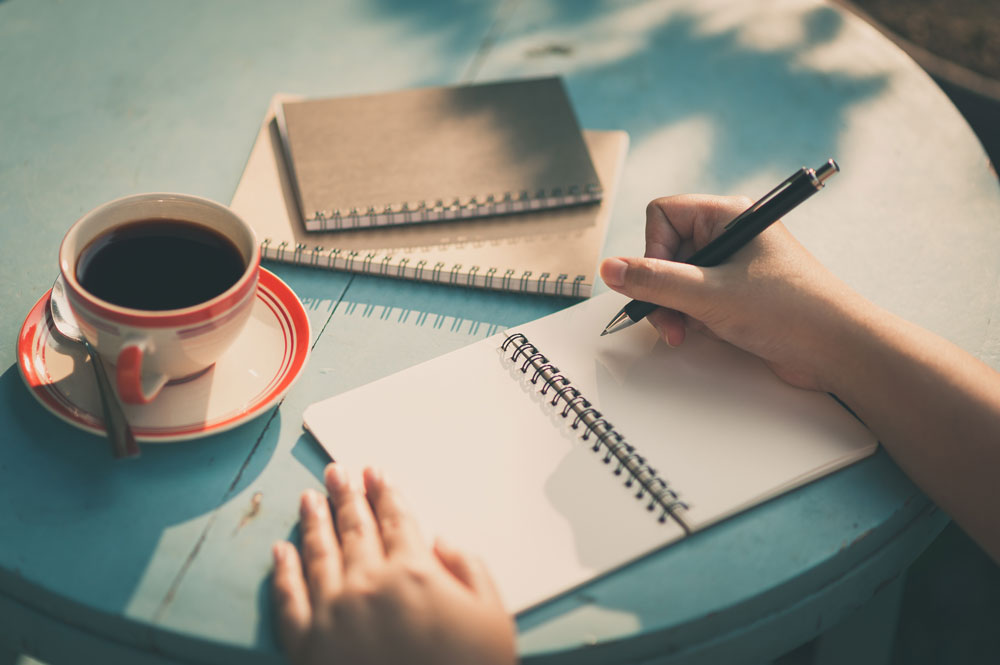If you’re like most artists I know, having to write your artist’s statement can be one of the most annoying experiences of your career. Perhaps you’ve been asked to write one but cannot seem to get started. Well, what if I told you there are proven methods to jumpstart the task and that you may even have some fun in the process? Try one or more of these ideas and let me know if they work for you.
1. Brainstorm with Other Artists
This is a fun experience that has worked successfully in my group workshops. Meet with one or more mutually supportive artists with the purpose of helping each other write or improve your statements. While viewing each other’s work, offer positive feedback. Express your immediate reactions using descriptive adjectives and phrases. Surprisingly, the objective insight you exchange with fellow artists may unravel a stream of subconscious revelations. This type of creative collaboration can build your confidence to proceed in taking the task further.
2. Try Mind-Mapping – Also Known as Concept Mapping, Spray Diagrams and Spider Diagrams
A mind map is a creative problem-solving tool, and you can use crayons, colored pencils or pens to enhance the project. Begin by placing a single word or text in the center of a blank, unlined sheet of paper. From there, draw lines that resemble branches of a tree, and place words and concepts that answer the “how” and “why” you create your art. This exercise has been known to eliminate feeling overwhelmed as it consolidates ideas into more manageable chunks of information. You’ll find a video and visuals to help you create a mind map here: www.mindtools.com/pages/article/newISS_01.htm
3. Experiment with Freewriting
This is the process of writing your artist’s statement in a spontaneous or automatic manner without any hesitation. Give yourself a time limit, such as 5-15 minutes, and set a timer. Write whatever thoughts come to mind about why you create your art. In this mode, ignore spelling, grammar, punctuation, neatness and style. Do not edit, judge or correct yourself as you write. You can do this later. The purpose is to allow a free-flowing process of ideas to arise so you can organize them later into a coherent statement.
4. Read Good and Bad Versions of Artist’s Statements
It’s easy to get inspired when reading artist’s statements written by artists you love. For ideas, I suggest you refer to exhibition catalogues and art history books. You may also want to read Art and Artist’s Statements – Quotes by Famous Artists (renee-phillips.com/art-and-artists-statements-by-famous-artists). However, I think it’s also helpful to read poorly written artist’s statements. Yes, that’s right! They will not only amuse you, you’ll learn plenty of mistakes to avoid.
The ideas expressed here are excerpts from my e-book How to Write Your Artist’s Statement. You can find information about it on my website renee-phillips.com/downloads/how-to-write-your-artists-statement.
Renée Phillips, The Artrepreneur Coach, helps artists attain their fullest potential in private consultations, coaching sessions, articles and e-Books found on renee-phillips.com. She is also founder/director/curator of Manhattan Arts International and The Healing Power of ART & ARTISTS. Follow her on Twitter @reneephillipsny, join her on Linkedin, reneephillipsartcoach, and on Facebook ReneePhillipsArtCoach.




